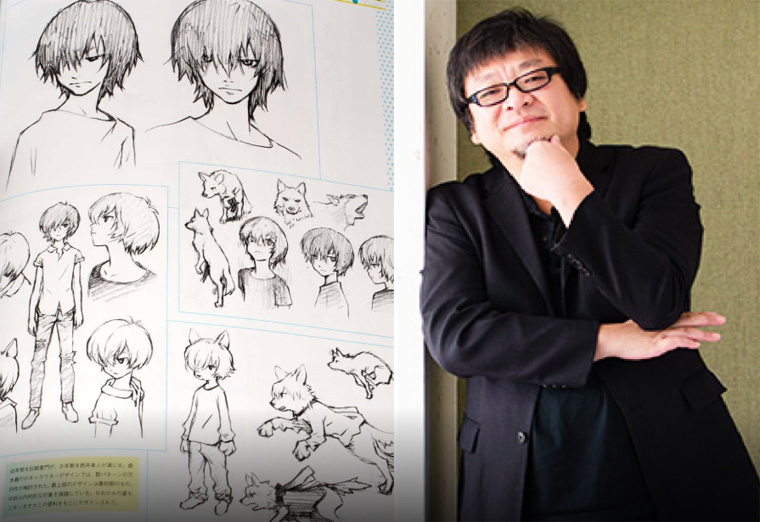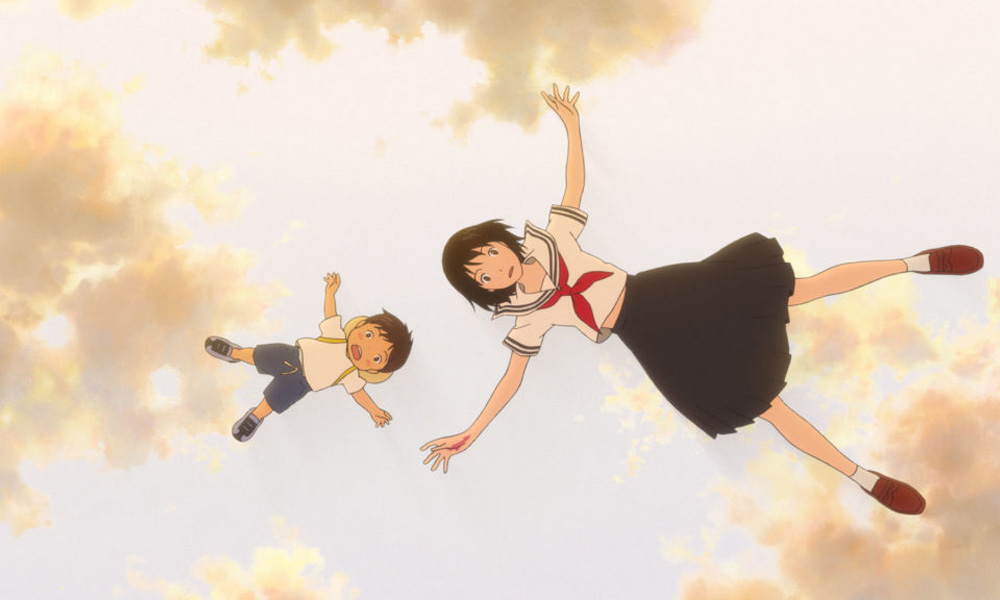***This article originally appeared in the December ‘18 issue of Animation Magazine (No. 285)***
In the 12 years since the debut of his first personal feature, The Girl Who Leapt Through Time, Mamoru Hosoda has established himself as one of the most compelling writer-directors working in world animation. Although smaller in scale and more intimate in tone than Summer Wars (2009) or The Boy and the Beast (2015), his new film Mirai (also known as Mirai of the Future) has a warmth and charm all its own. It was chosen for the Directors’ Fortnight, which runs parallel to the Cannes Festival, where the film had its premiere.
Kun is the happily spoiled four-year-old son of a modern, urban Japanese couple. His mom is a busy executive; his dad, a scattered architect who designed the eccentric Western-style house they live in. Then disaster strikes: His mother comes home with a new baby. Kun is no longer the center of the family. Little sister Mirai gets most of the attention. Kun reacts by throwing around his toys and decorating the sleeping baby’s face with animal-shaped crackers.
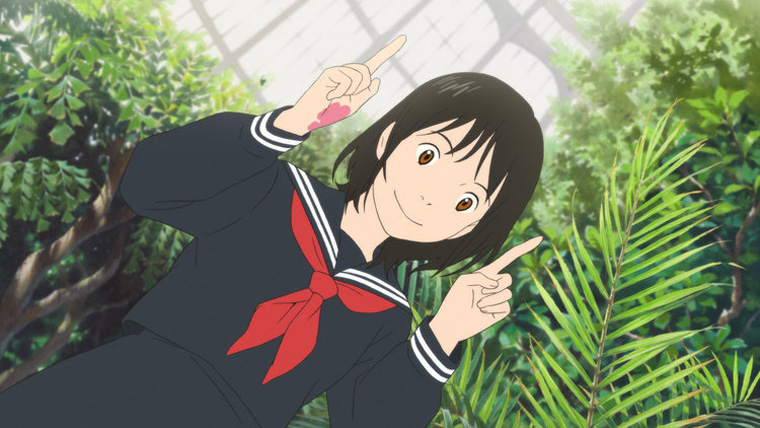
“People say my stories are about families; I like to think I tell stories about children and how they grow up,” says Hosoda in a recent e-mail interview with Animation Magazine. “I want to make movies about various situations in life. By using animation to tell stories about situations that haven’t already been told, I hope to contribute to the art of cinema.”
The unhappy Kun seeks refuge under a sheltering tree in the garden, where he experiences a series of surreal adventures with members of his family past, present and future. These experiences lead him to accept his new sister and his new place in the family hierarchy.
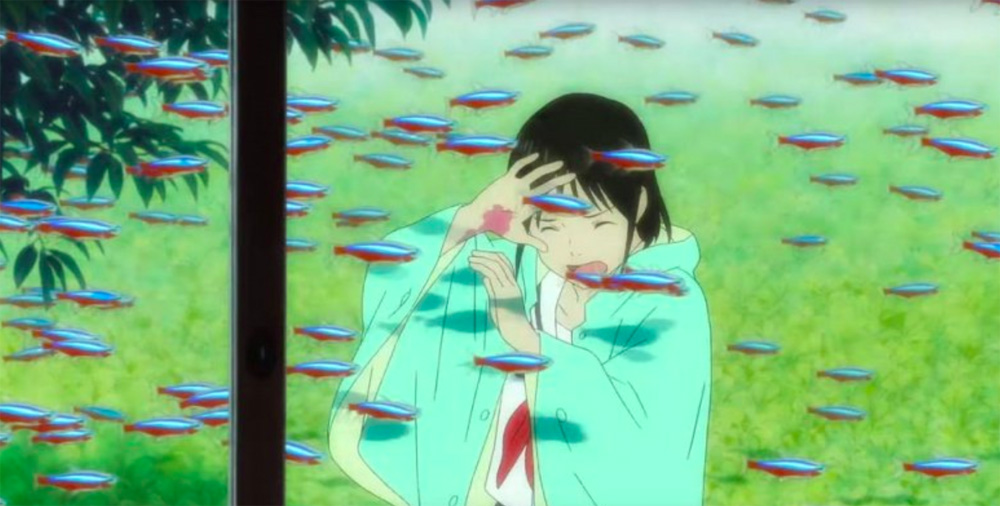
A Break with Traditional Structure
“This movie does not follow the normal three-act structure, but a five-act/five-episode structure,” Hosoda explains. “Each act features a member of the family: Yukko (the dog), Mirai, the mom, the dad, then Kun. There is also an intertwining storyline about the family tree, symbolized by the tree in their yard.”
“No parents are perfect parents or perfect humans,” he continues. “That’s why parents and children need to understand each other and grow together. Perhaps this film is a journey to see the true nature of the people around you — including your parents.”
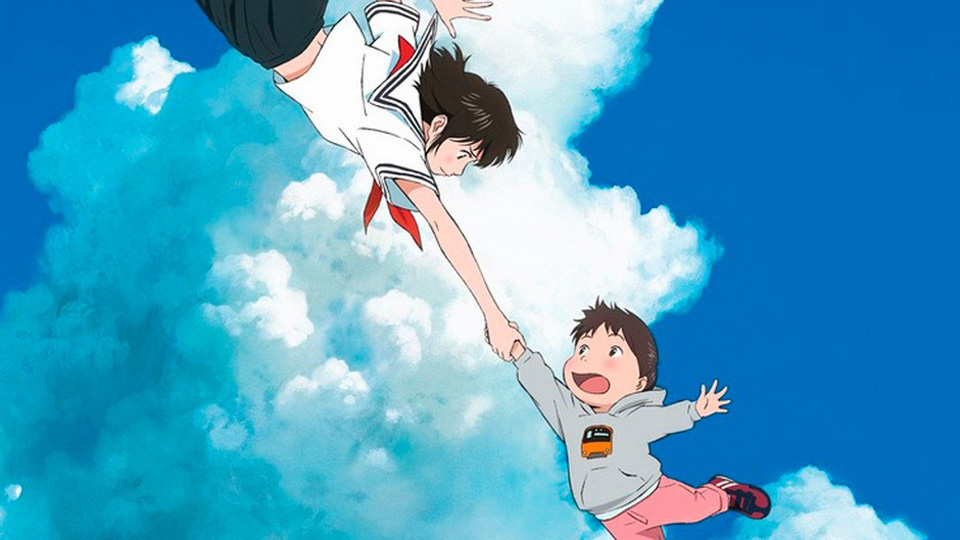
Hosoda, who was born in Toyama in 1967, comments, “I’m an only child, which is rare for my generation. I was inspired when my son welcomed a baby sister and became an older brother.”
However, he is quick to insist that the well-intended, somewhat befuddled father in Mirai is not a self-portrait: “I’m not the father in the story. I am more like Kun. Everyone was a four-year old once. I think what Kun experiences in the story — his identity crisis, finding a way to accept others — are things everyone will experience at some point in their lives. That includes me. Kun is inside all of us.”
Small children have always posed a challenge to animators. Their short, chubby limbs, slightly awkward proportions and tentative movements are difficult to capture. They can easily look like hard-edged aliens or shapeless blobs. As he toddles up and down the steps in his home, Kun moves with a convincing mixture of energy and uncertainty.
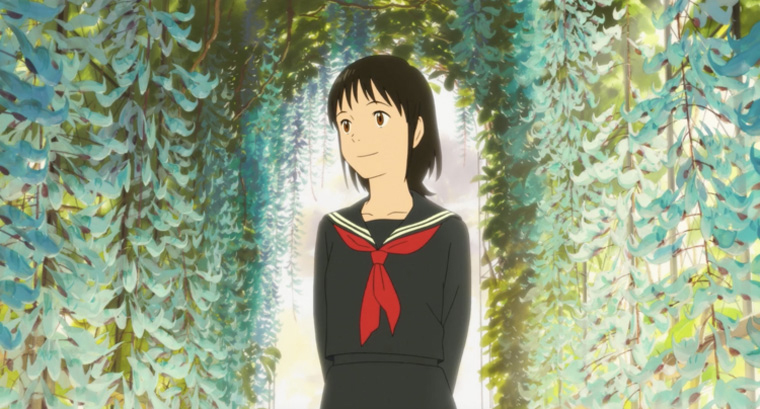
Inspired by Real Children
“To find new ways to portray children in animation, my staff and I decided to observe them first hand,” Hosoda explains. “We invited children to our studio. We played together, we held them, touched their hair, etc. I’m confident that we were successful in animating Kun because we took this extra step — and because the talented animators took on such challenges.”
Hosoda has won the Japan Academy Prize for Animation of the Year for each of his features, as well as numerous awards at international festivals. He has yet to receive an Oscar nomination, but that may change when Academy voters see the mixture of intimate charm and deeply felt personal issues in Mirai.
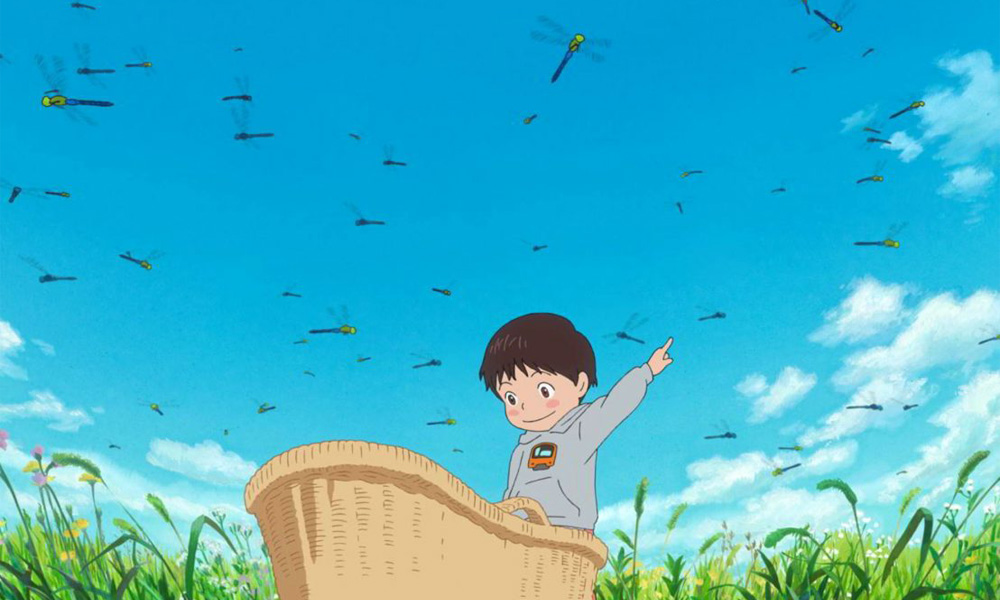
“The way human lives repeat and overlap is similar to the way the cycles of nature repeat and continue forever,” Hosoda concludes. “I wanted to portray the cycle of life and the magnificent loop made from the fabric of our lives through the story of a house, a yard, and an ordinary family. The tree is family history itself.”
GKIDS will release Mirai in select U.S. theaters on November 30 in a new English-language version, starring John Cho, Rebecca Hall and Daniel Dae Kim. Fathom Events is also presenting special screenings nationwide on Nov. 29, Dec. 5 & 8.
